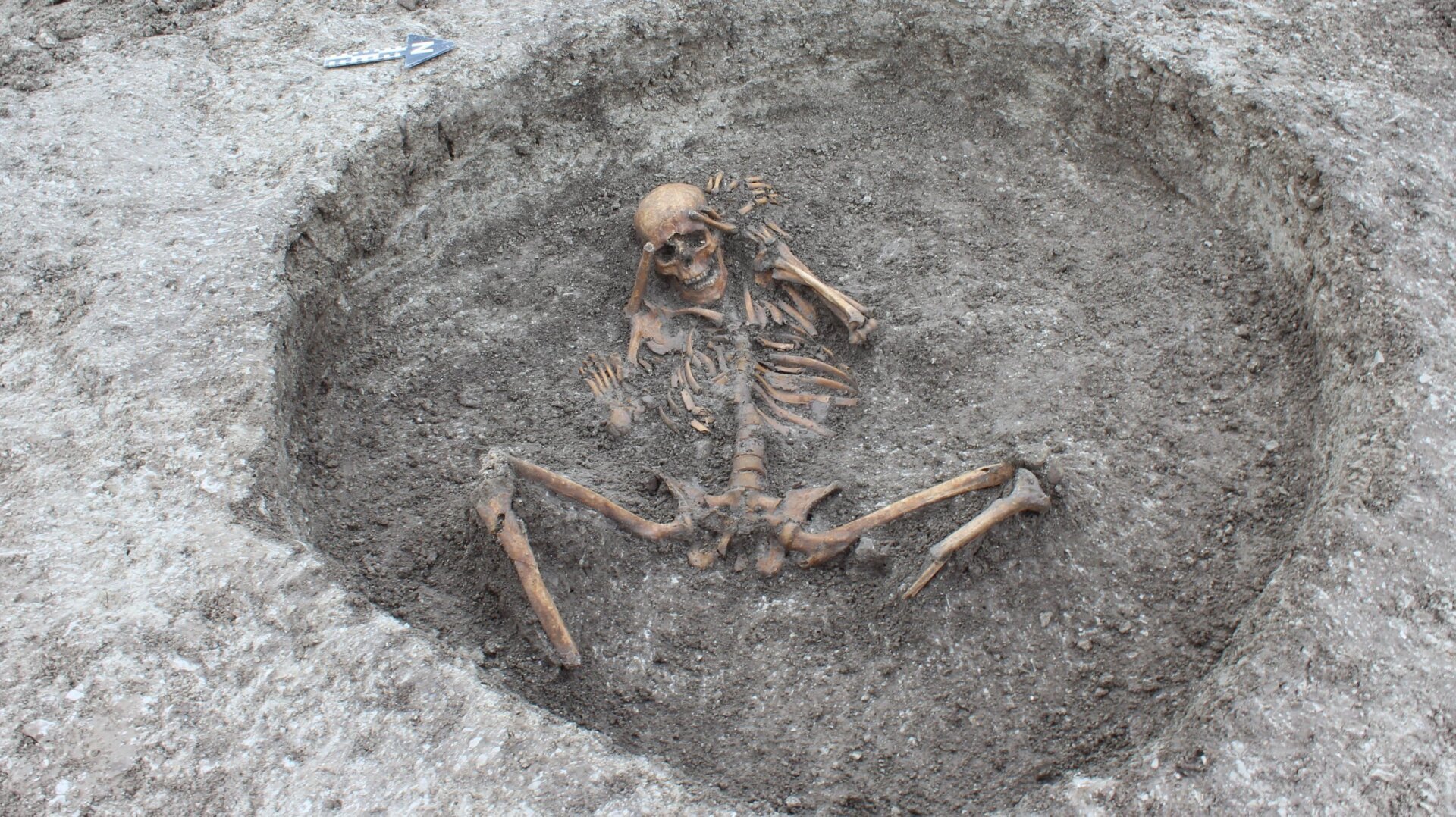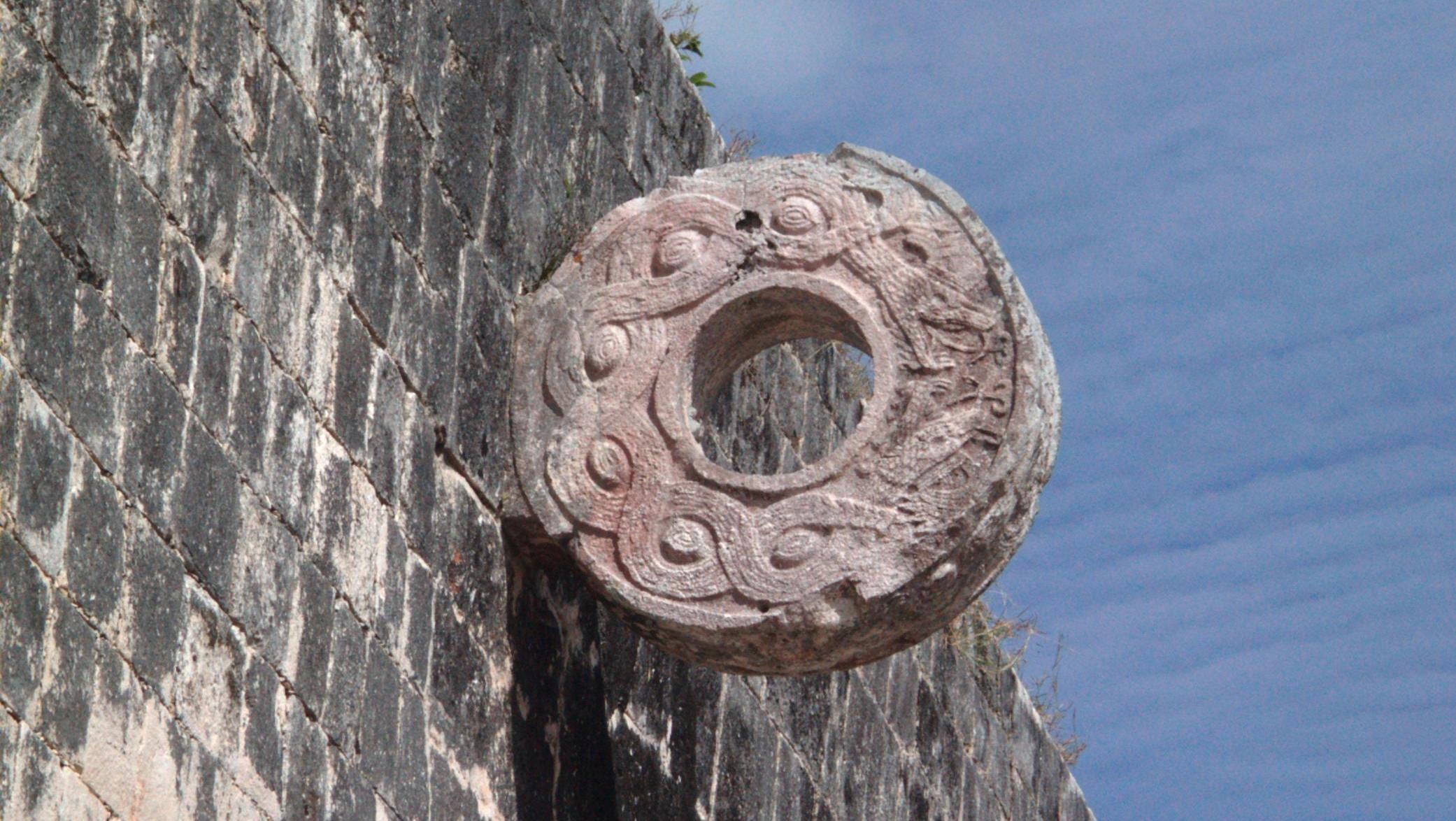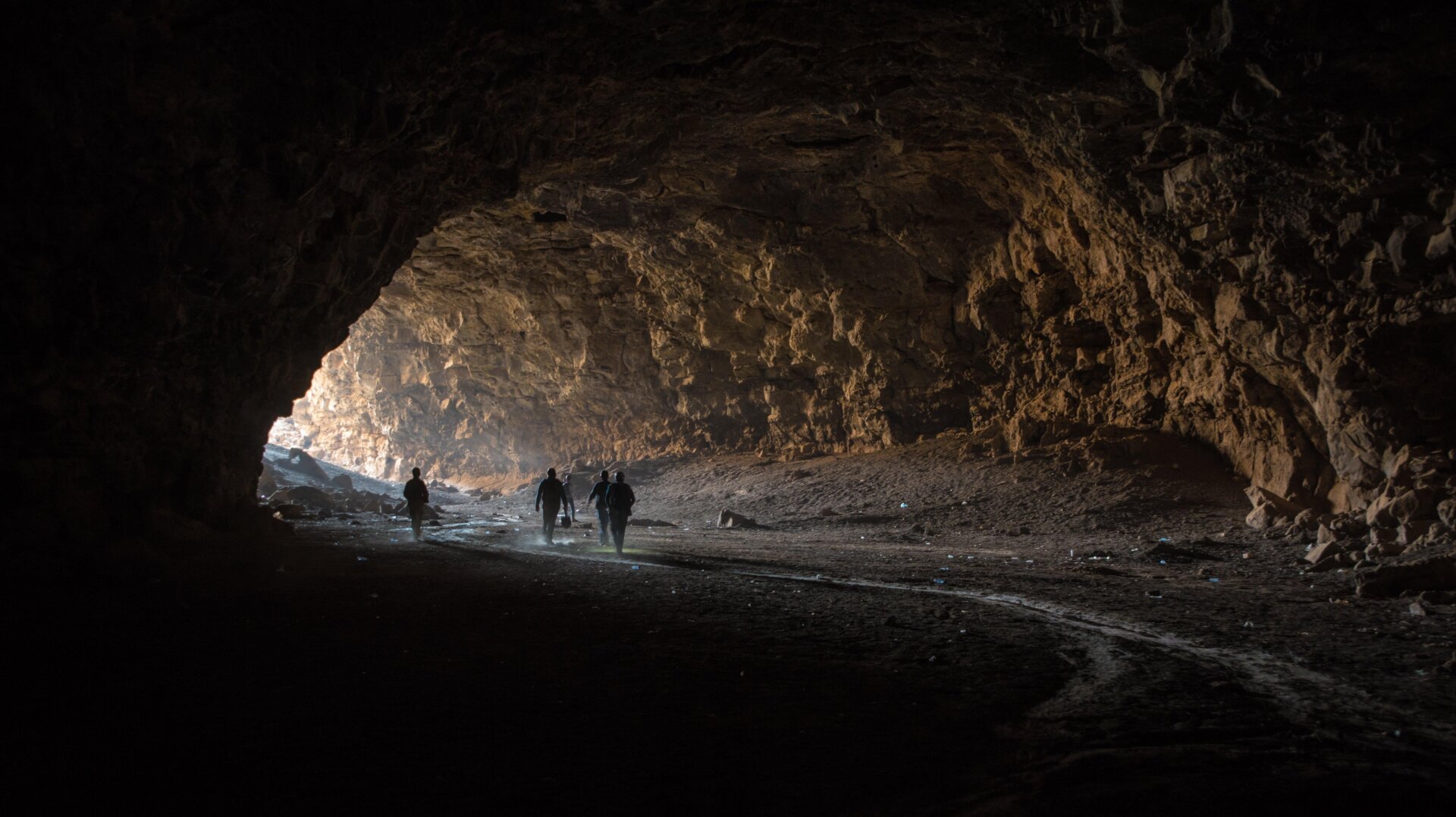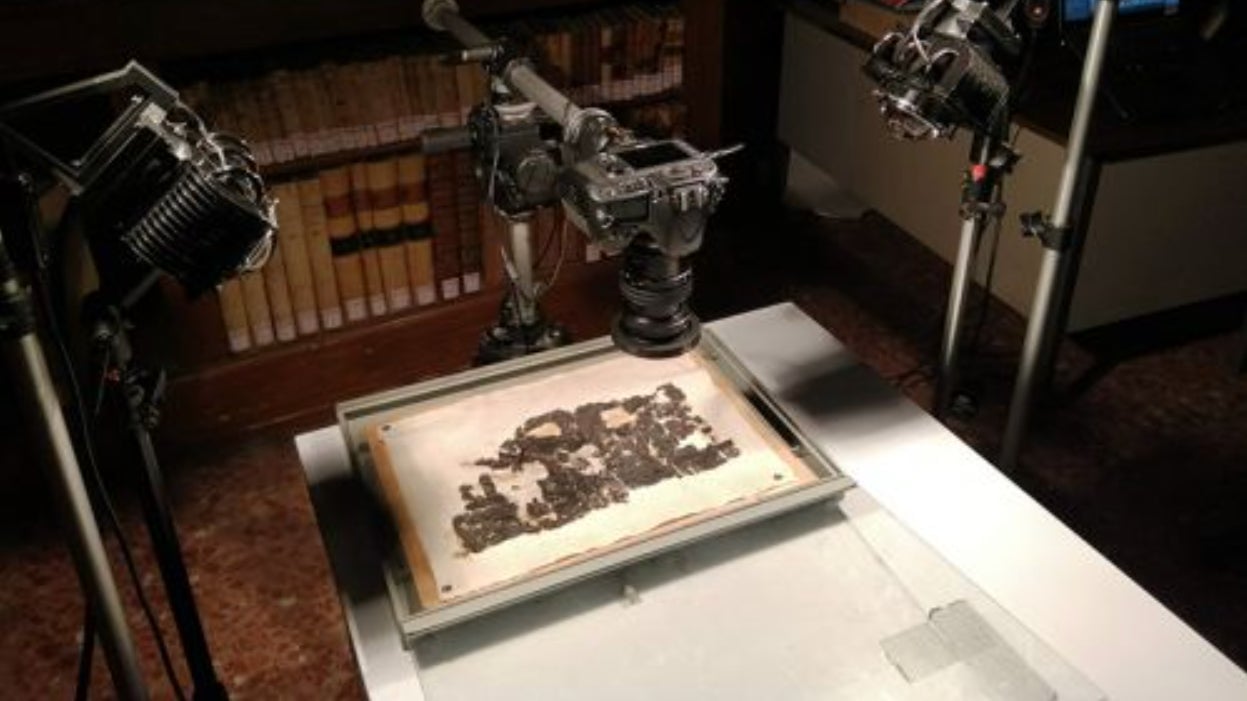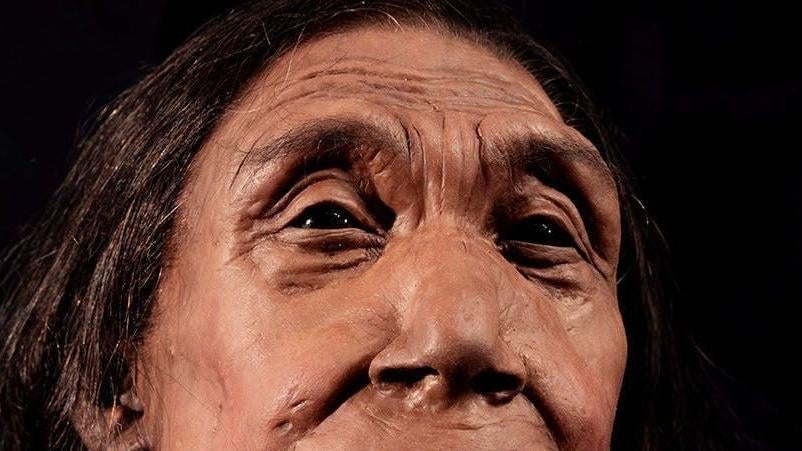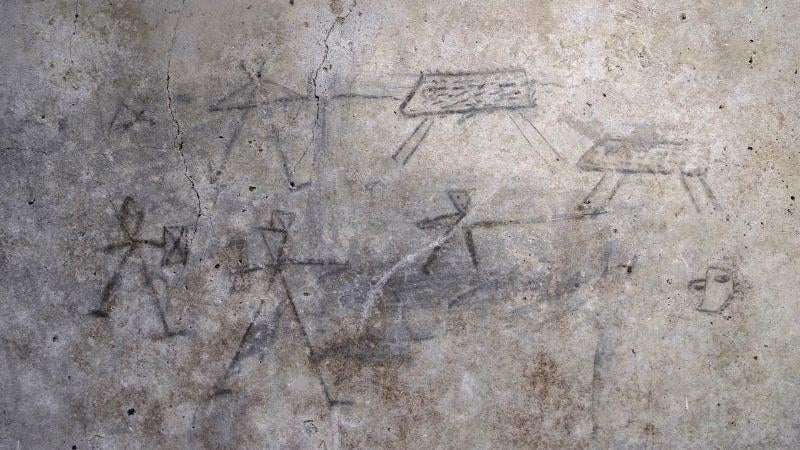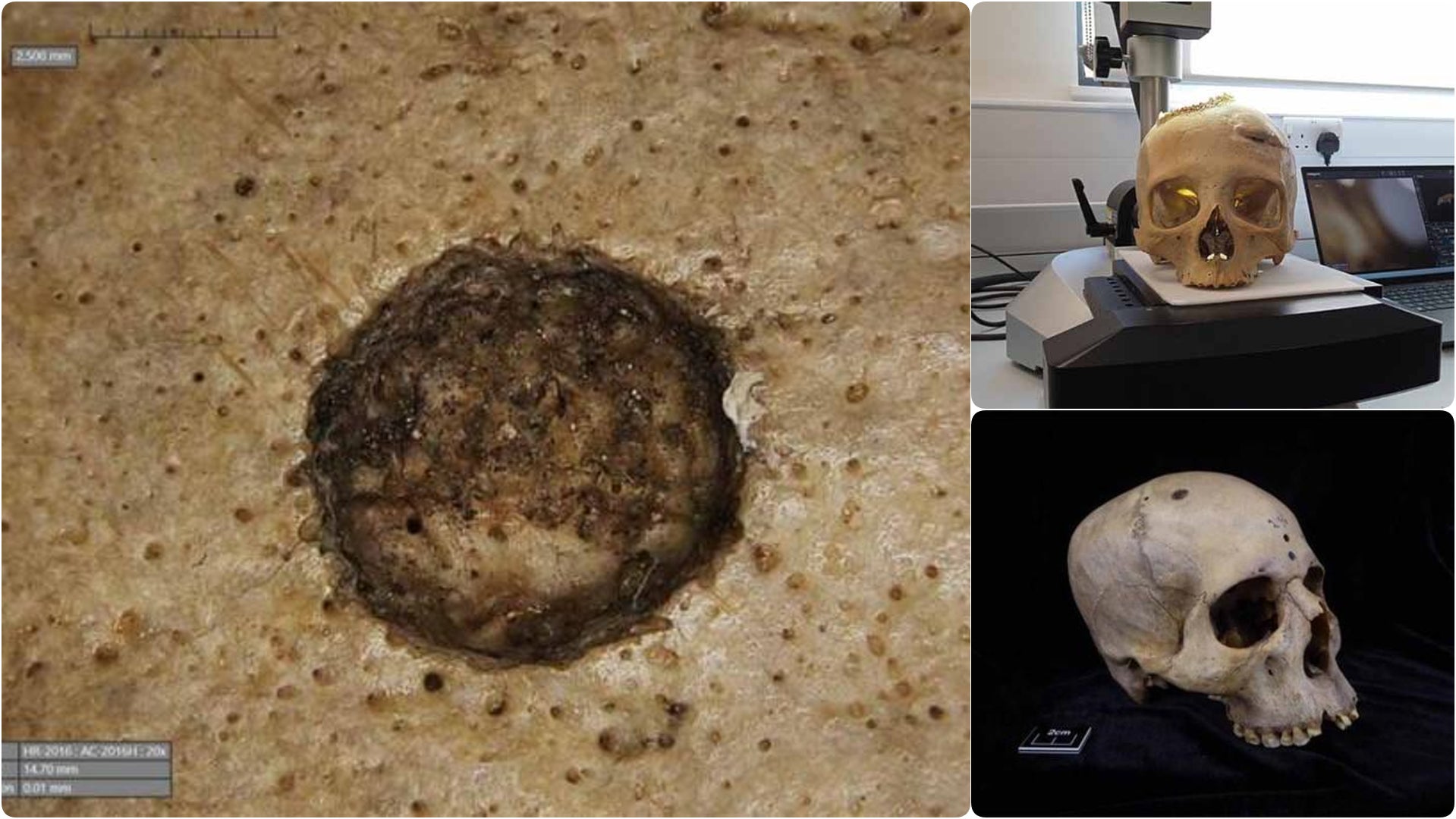The Stone Age, often romanticized as a period of simple hunter-gatherer existence, held a darker secret: ritualized human sacrifice. Recent research published in Science Advances reveals the chilling prevalence of this practice across Neolithic Europe, spanning thousands of years and impacting communities from Spain to the Czech Republic.
The investigation began with the examination of skeletons unearthed at Saint-Paul-Trois-Châteaux, a Neolithic tomb in France’s Rhône Valley. Two female skeletons displayed unnatural positioning indicative of forced asphyxiation, possibly even burial alive. This discovery prompted a broader investigation into similar burial practices throughout Europe.
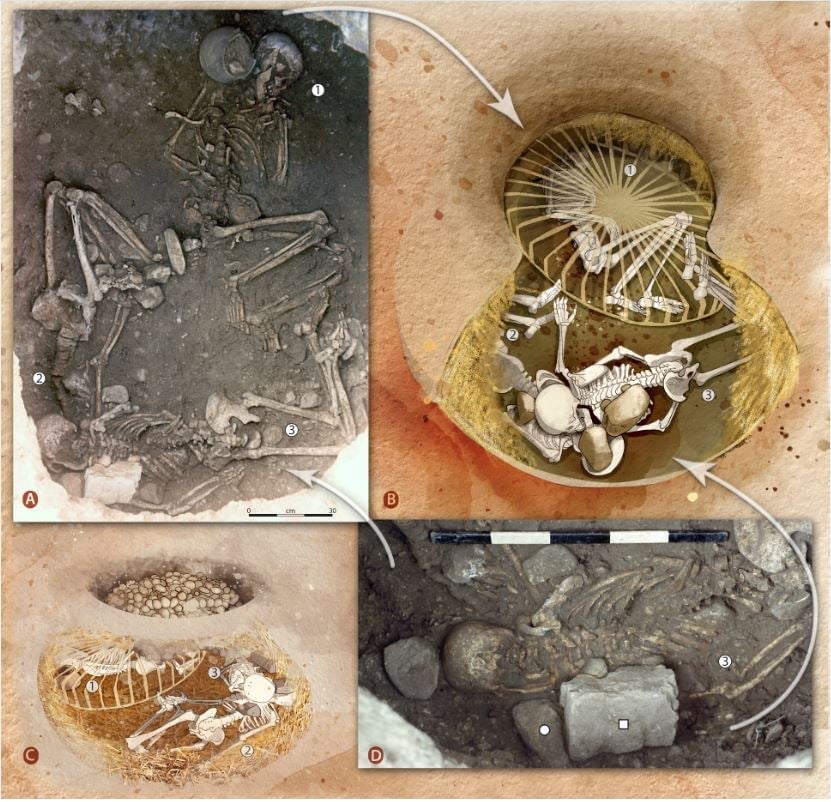 Clockwise from top-left: a view of three skeletons on the site, a reconstruction of the remains, a view of the bottom individual with a stone on top of the remains, a grindstone fragment covering the head of the rightmost individual.Skeletal remains and reconstructions from the Saint-Paul-Trois-Châteaux site in France provide evidence of ritualistic sacrifice.
Clockwise from top-left: a view of three skeletons on the site, a reconstruction of the remains, a view of the bottom individual with a stone on top of the remains, a grindstone fragment covering the head of the rightmost individual.Skeletal remains and reconstructions from the Saint-Paul-Trois-Châteaux site in France provide evidence of ritualistic sacrifice.
Identifying Ritual Sacrifice in Prehistory
Distinguishing ritual sacrifice from other forms of violence in prehistory, where written records are absent, presents a significant challenge. Archaeologists rely on a combination of factors, including evidence of violent death, unusual positioning of remains, and demographic anomalies among the deceased. The researchers in this study identified homicidal ligature strangulation as a recurring method. This practice involved binding the victim’s ankles and throat together while prone, leading to self-strangulation.
A Widespread Practice
This specific form of ritual killing, practiced for at least 2,000 years before the Rhône Valley victims met their demise between 6,000 and 5,500 years ago, appears across a wide geographical area. The study analyzed 20 individuals from 14 different sites dating from 5400 BCE to 3534 BCE. These locations span modern-day Spain, the Czech Republic, Germany, and Sicily, suggesting a widespread cultural phenomenon.
Evidence Beyond Skeletal Remains
Further evidence supporting the theory of ritual sacrifice can be found in Mesolithic rock carvings within Italy’s Addaura Cave. These carvings depict scenes of human sacrifice, corroborating the archaeological findings. Additionally, many well-preserved bog bodies—human remains found in ancient bogs, primarily in northern Europe—also exhibit signs of ritual sacrifice.
The Saint-Paul-Trois-Châteaux Site: A Case Study
The silo at Saint-Paul-Trois-Châteaux, where the initial skeletons were discovered, was oriented towards the solstices. This alignment suggests the site held agricultural significance, and researchers hypothesize that human sacrifice played a role in these practices. The specific arrangement of the bodies at Saint-Paul-Trois-Châteaux—stacked and entwined with grindstone fragments—further points to a deliberate and ritualistic placement within the burial context.
The Legacy of Ritual Sacrifice
The researchers concluded that this particular form of ritual sacrifice likely originated in Central Europe and evolved over nearly two millennia, reaching its peak during the late Middle Neolithic. While this specific method may have been most common during the Stone Age, sacrificial practices continued for thousands of years. A more recent example includes the discovery of over two dozen 3,000-year-old skeletons in England, some with bound hands, severed feet, and decapitated heads, all indicating human sacrifice.
Conclusion
The study of ritualized human sacrifice in Neolithic Europe offers a grim glimpse into the past, challenging our perceptions of prehistoric societies. While the motivations behind these practices remain shrouded in mystery, the evidence points to a widespread and deeply ingrained cultural phenomenon. Further research is needed to fully understand the complexities and evolution of these ritual killings throughout prehistory. Ludes et al., Sci. Adv. 10, eadl3374 (2024)



